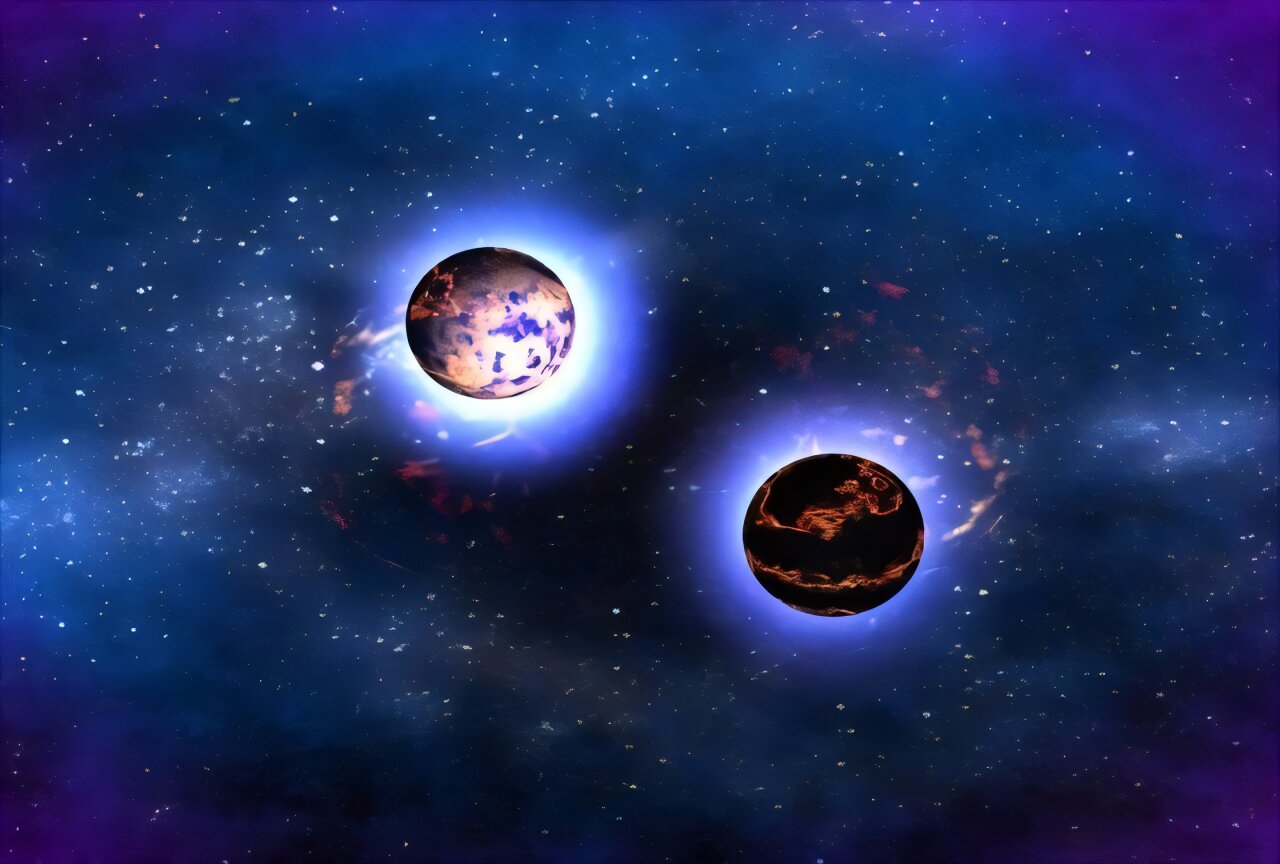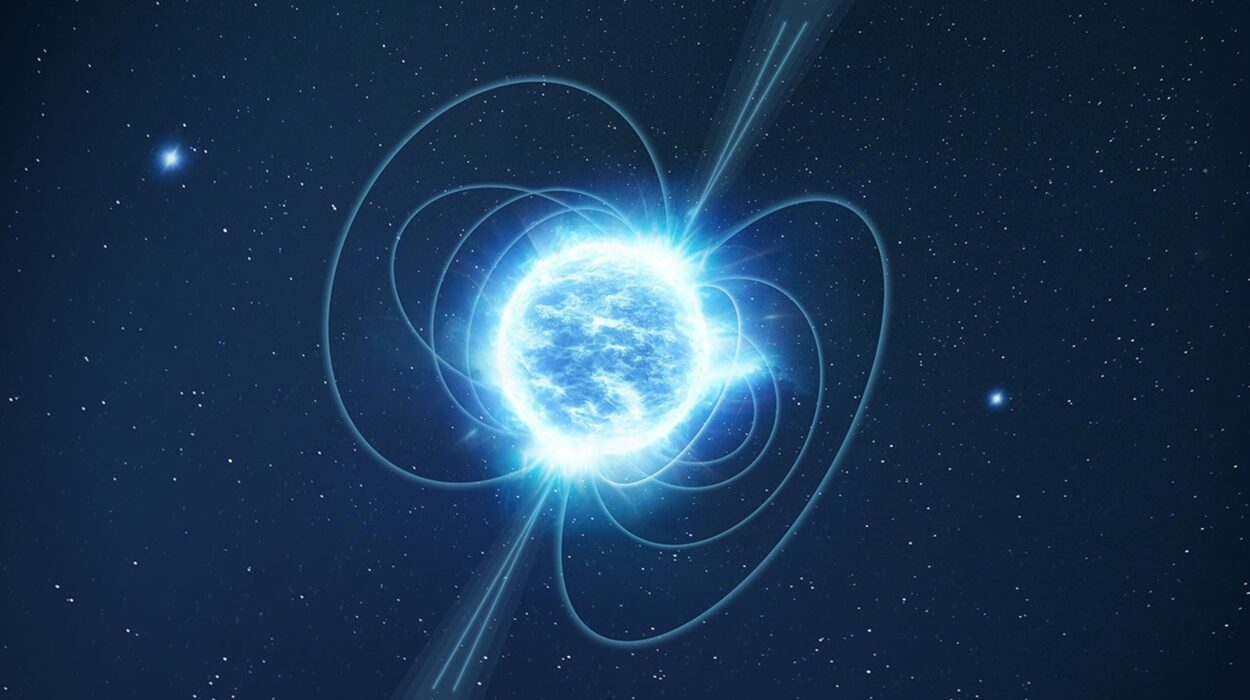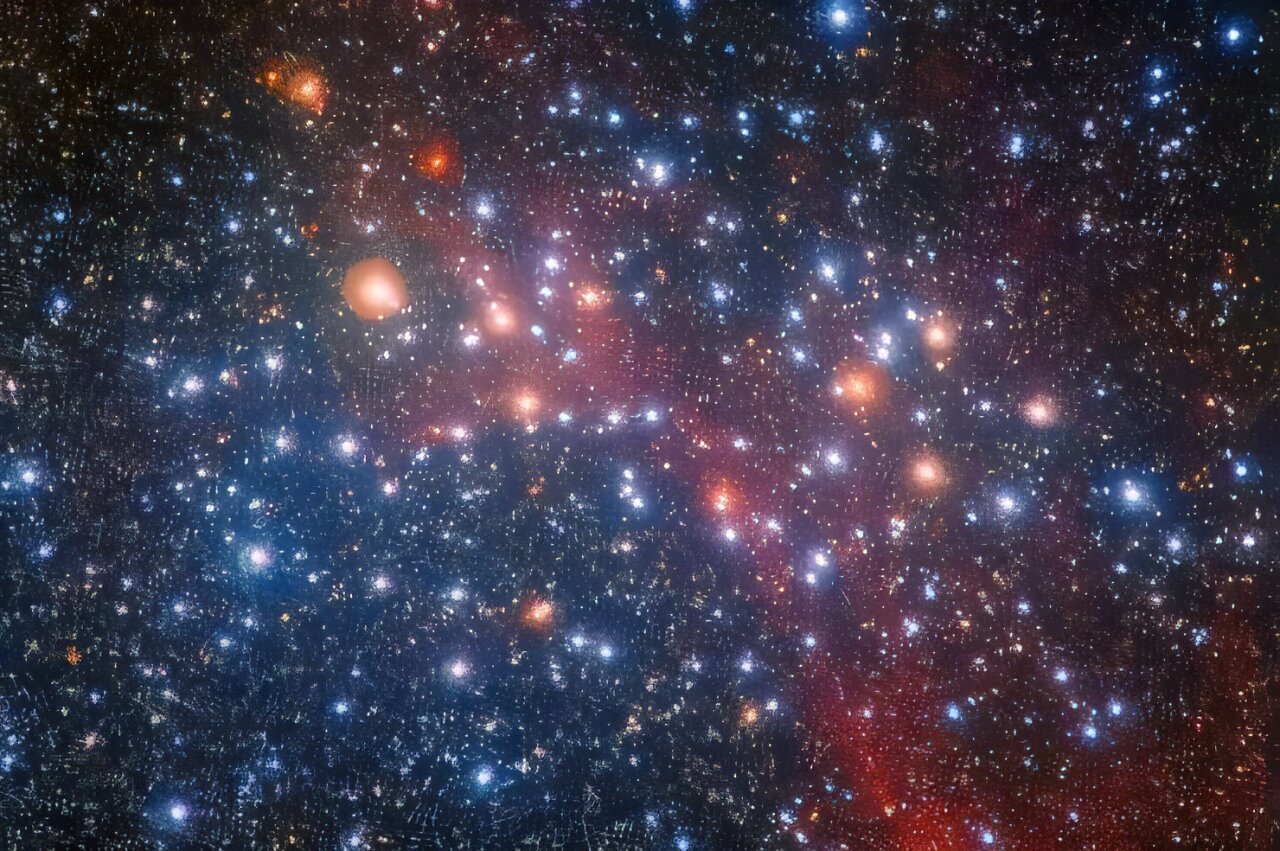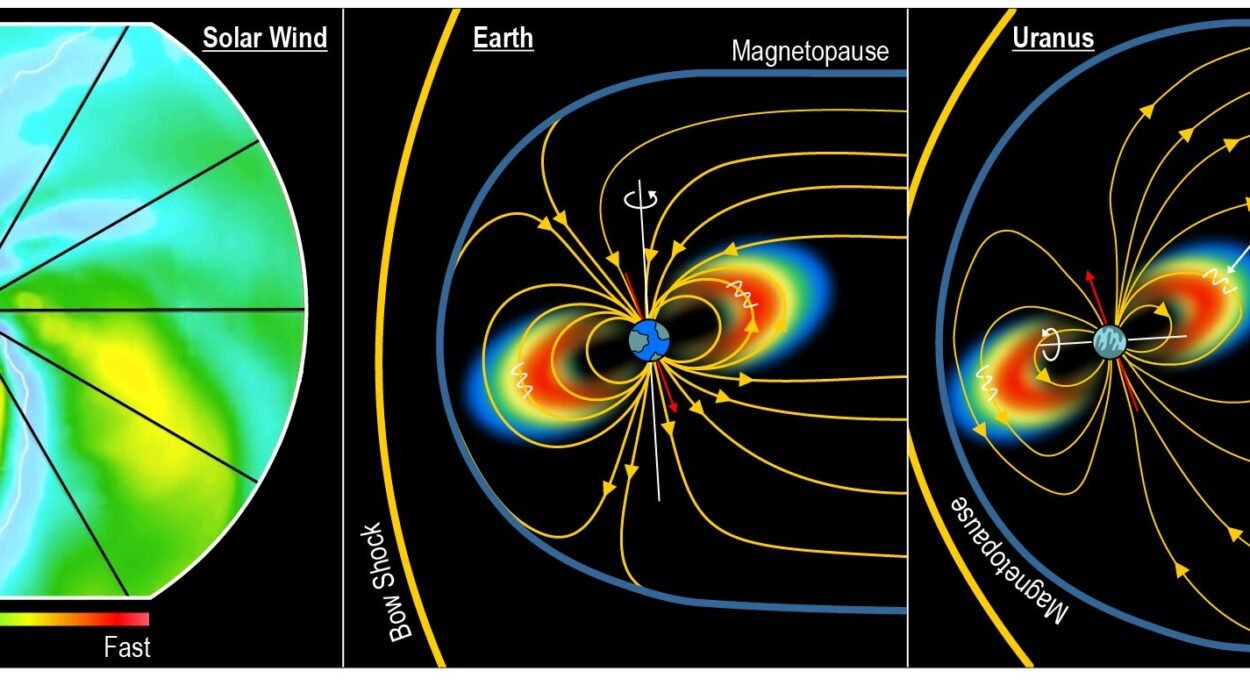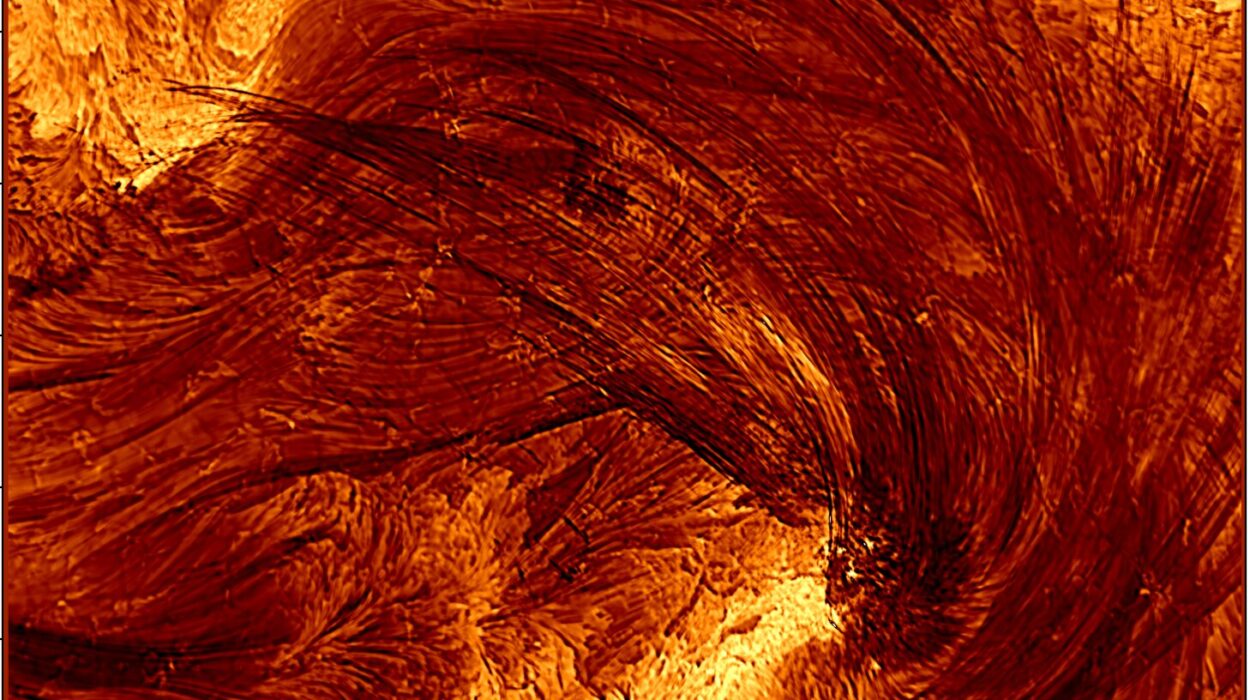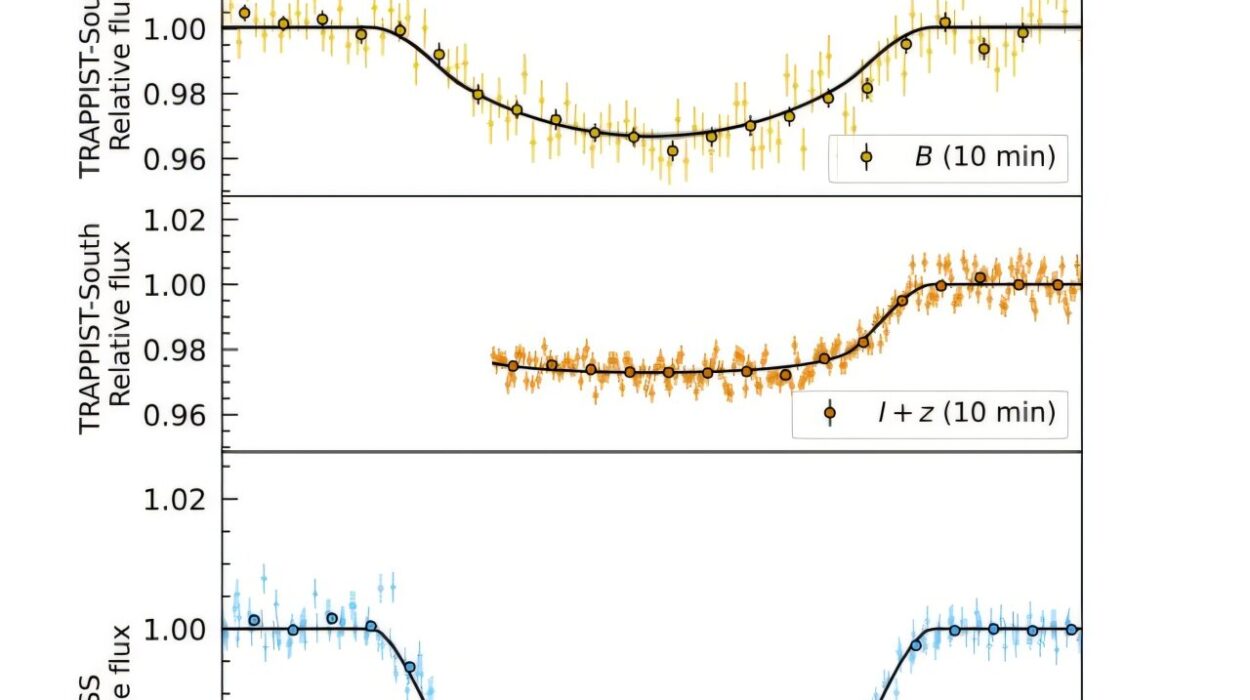Ultrahigh Energy Cosmic Rays (UHECRs) represent one of the most enigmatic and awe-inspiring phenomena in the universe. These are the highest-energy particles known to exist, with energies exceeding a million times what can be achieved by even the most powerful particle accelerators on Earth. Despite being discovered over 60 years ago, the origin of these cosmic rays has remained elusive, leaving scientists with many unanswered questions about their creation, behavior, and implications for the cosmos.
In recent years, however, a breakthrough theory proposed by Glennys Farrar, a physicist at New York University (NYU), offers a potentially game-changing explanation for the creation of these elusive particles. Farrar’s theory, published in the prestigious Physical Review Letters, provides a new perspective on the origins of UHECRs, potentially solving a decades-old mystery in astrophysics.
The Mystery of Ultrahigh Energy Cosmic Rays
UHECRs are charged atomic nuclei that carry enormous amounts of energy. They are so energetic that their collisions with particles in Earth’s atmosphere can produce cascades of secondary particles. These cosmic rays can have energies that reach up to 10^20 electron volts (eV), far beyond the capabilities of the most powerful man-made accelerators, such as the Large Hadron Collider (LHC).
Despite their discovery in the 1960s, scientists have been unable to definitively explain where these cosmic rays come from or how they are accelerated to such extraordinarily high energies. Over the years, several potential sources have been proposed, including distant active galactic nuclei, supernova remnants, and even the possibility of topological defects in space-time. However, none of these theories fully accounted for all the observed features of UHECRs.
One of the biggest puzzles surrounding UHECRs is the tight correlation between the energy of a cosmic ray and its electric charge, a phenomenon that is not easily explained by current models of cosmic ray acceleration. Additionally, only a handful of events exhibit extraordinarily high energy levels that seem to defy conventional explanations. These unresolved questions have kept astrophysicists in the dark about the exact origin of UHECRs, despite decades of study.
The Breakthrough Theory: Binary Neutron Star Mergers
Farrar’s new theory presents a promising explanation for the creation of UHECRs, proposing that they are accelerated in the turbulent magnetic outflows generated by binary neutron star mergers. Neutron stars are the remnants of massive stars that have exploded in supernovae. When two neutron stars in a binary system merge, they undergo a cataclysmic event, leading to the formation of a black hole.
Farrar suggests that during this merger process, powerful magnetic fields are produced, which accelerate particles to ultrahigh energies. These particles are then ejected into space in the form of UHECRs, before the final black hole is formed. This process not only explains the energy and charge correlation of UHECRs but also accounts for the extremely high-energy events observed in the data.

An important aspect of this theory is that it links the creation of UHECRs to gravitational waves, which are ripples in space-time caused by the acceleration of massive objects. Gravitational waves were first directly detected in 2015 by the LIGO (Laser Interferometer Gravitational-Wave Observatory) and Virgo collaborations, confirming a major prediction of Einstein’s general theory of relativity. Farrar’s model suggests that the magnetic outflows of binary neutron star mergers are accompanied by the emission of gravitational waves, providing an additional experimental avenue to test this theory.
Key Features of Farrar’s Theory
Farrar’s theory makes several key predictions that could be experimentally tested in future work:
1. The Origin of the Very Highest Energy UHECRs: Farrar proposes that the most energetic UHECRs come from r-process elements, which are heavy elements created in neutron-rich environments. These include elements like xenon, tellurium, and other exotic elements that are typically produced during neutron star mergers. The presence of such elements in UHECRs would provide strong evidence for this theory, motivating a search for these r-process elements in UHECR data.
2. Accompanying High-Energy Neutrinos: When UHECRs collide with other particles, they generate extremely high-energy neutrinos as part of the interaction. Farrar’s theory suggests that these neutrinos are produced in conjunction with the UHECRs in the violent environment of a binary neutron star merger. These neutrinos would be directly linked to the gravitational waves emitted during the merger, offering a unique way to simultaneously detect both gravitational waves and neutrinos from the same astrophysical event.
3. Gravitational Waves as a Signature of UHECRs: The correlation between gravitational waves and UHECRs is a central aspect of this new theory. As binary neutron star mergers are known to produce gravitational waves, the simultaneous detection of these waves and UHECRs could provide compelling evidence for Farrar’s proposed mechanism. This opens up a novel way to study the most energetic phenomena in the universe and could lead to new discoveries in both cosmic ray physics and gravitational wave astronomy.
Experimental Validation: The Path Ahead
To test Farrar’s theory, scientists will need to look for specific signatures in UHECR data. These include the identification of r-process elements in UHECRs, which would be a major breakthrough in understanding the sources of these particles. Additionally, the detection of high-energy neutrinos from UHECR collisions, especially those associated with gravitational wave events, would provide strong validation for the theory.
The future of UHECR research also lies in multi-messenger astronomy, which involves combining data from different sources, such as gravitational waves, gamma rays, neutrinos, and cosmic rays, to get a more comprehensive understanding of the universe. With advanced detectors such as IceCube, which searches for neutrinos, and more sensitive gravitational wave observatories like LIGO and Virgo, scientists may soon be able to test Farrar’s theory in real-time as new neutron star mergers are detected.
The Broader Implications: Understanding Cataclysmic Events
Farrar’s theory not only offers a potential solution to the mystery of UHECRs but also provides a new way to understand some of the most cataclysmic and energetic events in the universe. Binary neutron star mergers are among the most extreme phenomena in nature, and their study offers insights into the formation of black holes, the creation of heavy elements like gold, platinum, and uranium, and the generation of gravitational waves.
These mergers are believed to be responsible for the r-process nucleosynthesis, which is the process that creates many of the heavy elements in the periodic table. The detection of UHECRs linked to these events could provide a deeper understanding of the chemical evolution of the universe and the processes that shape the very building blocks of matter.
In addition, understanding the relationship between gravitational waves, neutrinos, and cosmic rays could have far-reaching implications for both astrophysics and particle physics. By tying together these different forms of observation, scientists may unlock new insights into the nature of space-time, the behavior of matter under extreme conditions, and the fundamental forces that govern the universe.
Conclusion
The theory proposed by Glennys Farrar provides a groundbreaking explanation for the creation of Ultrahigh Energy Cosmic Rays (UHECRs), one that ties together the mysterious highest-energy particles with the cataclysmic events of binary neutron star mergers. By linking UHECRs to gravitational waves, r-process nucleosynthesis, and high-energy neutrinos, Farrar’s work opens new avenues for understanding some of the most extreme and energetic processes in the universe.
As multi-messenger astronomy continues to advance, the ability to simultaneously detect UHECRs, gravitational waves, and neutrinos from a single astrophysical event could provide experimental validation for this theory, offering a deeper understanding of the origins of cosmic rays and the nature of the universe itself.
Reference: Glennys R. Farrar, Binary Neutron Star Mergers as the Source of the Highest Energy Cosmic Rays, Physical Review Letters (2025). DOI: 10.1103/PhysRevLett.134.081003
